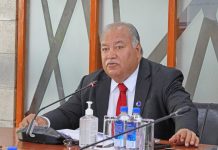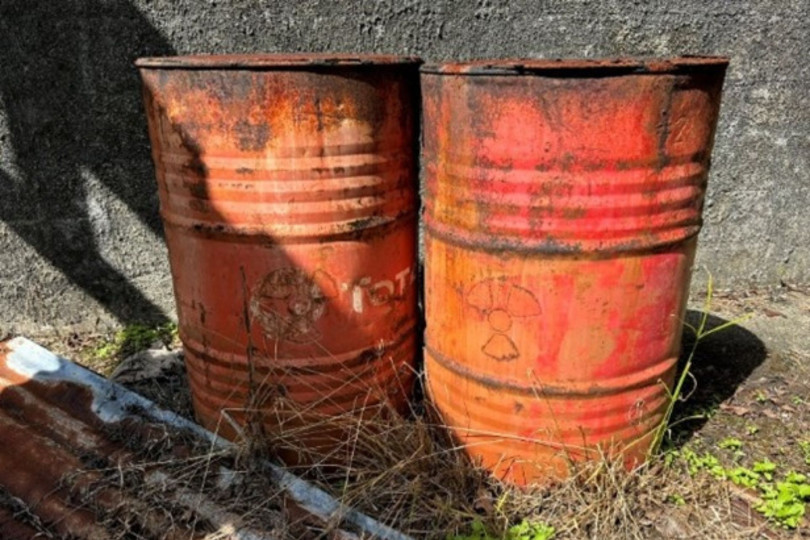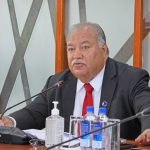Help was sent in September 2024 after two drums full of radium-226 were found abandoned at a Fiji’s Ministry of Health facility.
Radium-226 has a half-life of about 1,600 years, making it relatively long-lived compared with many other radioactive isotopes. Being radioactive, it poses serious health risks if inhaled, ingested, or even through prolonged close exposure.
International Atomic Energy Agency (IAEA) sent a team to Fiji and found the two barrels had been stored for a decade at a building that lacked a roof and suffered extensive corrosion.
The IAEA team ascertained the radioactive sources remained intact for safe recovery and so began a week-long operation to secure the radioactive Radium-226 and ship it out of Fiji.
Under the IAEA’s Global Radium Management Initiative, Niowave, an American pharmaceutical company that specialises in the provision of radioisotopes removals was hired to carry out the operation.
The IAEA facilitated an agreement with Niowave through which the medical radioisotope company provided a transport container to deliver the radioactive Radium 226 to its premises in the United States of America for recycling.
The IAEA stated that radium-226 was used in brachytherapy throughout the 20th century to treat cancer, including in Fiji.
“Now, the island nation of nearly one million inhabitants is addressing the management of disused sealed sources generated as a result of activities decades ago,” said IAEA.
The recovery team found the barrels containing the disused radium had been stored for a decade at a Ministry of Health and Medical Services site.
“As the building lacked a roof, the steel drums were directly exposed to the elements and suffered extensive corrosion. However, the radioactive sources remained intact for safe recovery and re-packaging. Specialised equipment was deployed to assess the risk of exposure during the recovery operation, first, by measuring radiation levels on the surface of the steel drums.”
The Niowave team, after three days, commenced the repackaging operation.
“The team carefully removed the capsules using special tools and transferred them into the Niowave transport container. The experts then conducted a final measurement to confirm the absence of radioactive contamination in all areas and to verify that radiation levels on the external surface of the transport container did not pose health risks,” said IAEA.
The transport container was sent to a designated storage area managed by the Ministry of Health and Medical Services to await final shipment from Suva to Michigan, USA.
In the U.S, the Radium-226 will be used as a feedstock for the production of actinium-225, an alpha-emitting isotope that is increasingly used in targeted cancer treatments, said IAEA.














